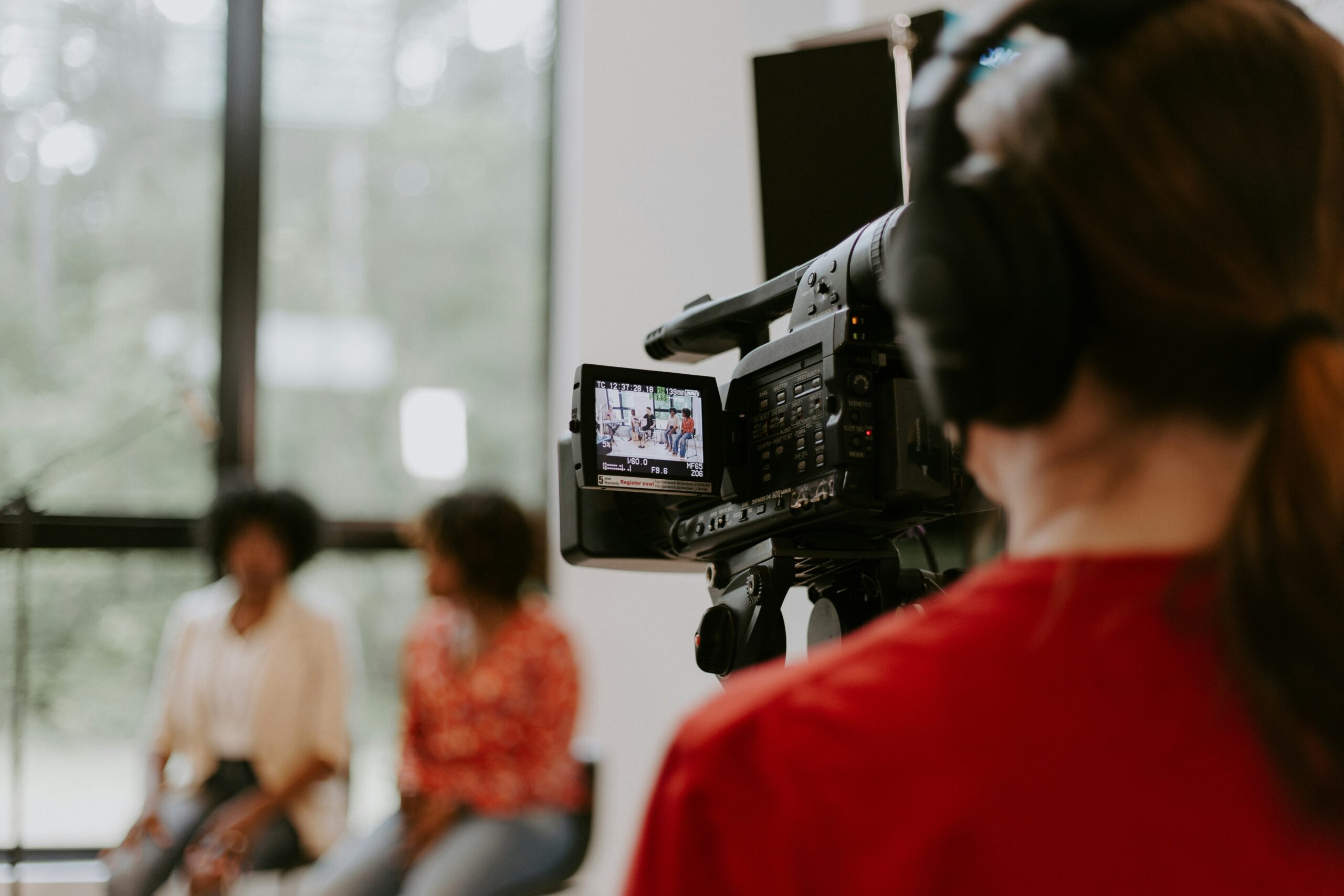
Many students who apply to creative programs at top universities are required to submit a “video portfolio” alongside their college application. The point of the portfolio is not only to feature the student’s work, but to help the admissions committee gain valuable insights into the student’s personality and creative process. Much like student essays, colleges aren’t looking for a simple list of activities – they can already find that elsewhere in your application. What they want to hear is your story: what makes you “you,” what’s your personal voice, and how does creative expression fulfill some deep need or desire. That’s your story. And that’s what brings your creative work to life.
When we help students produce their video portfolio, we think about what story we want to tell, much like we think about their “personal narrative” when we help them craft their college essays. We begin by helping students draft a simple script for their video. Most students make the mistake of trying to inject too much information into their video, using too much narration and dialogue. A two or three-minute video goes by very quickly, and you don’t want to have wall-to-wall talk. Video is a visual medium, so less is more. The script should be simple, and it should add context to the visuals, but more than anything this should be a visual journey. A basic script starts off with lines of narration or dialogue, matched with a set of visuals or “shots” that will go along with it. This provides a “shooting template,” so we know ahead of time what images we’ll need for the final video. You don’t want to arrive on location for your shoot, only to realize you forgot to bring some critical elements (for example, a change of clothes to represent a different day).
Once we’ve locked down a solid “working script,” we can help the student identify and hire a freelance videographer in the area, ideally someone who also does video editing, as most do these days. (An all-in-one producer/editor is often called a “preditor” for short, just so you know.) We’ll discuss the script with the videographer, talk about the purpose of the video and the tone we’re going for, the length of the final piece, and even some soundtrack ideas. While some students may want to shoot their portfolio video themselves using a smartphone, they should only do so if they have extensive experience as a content creator. There are many key elements that go into making a high-quality video – including lighting, sound, editing, and more – and trying to manage all of that stuff yourself, while simultaneously filming yourself on-screen, is highly problematic. You don’t want to spend a day of filming, only to discover afterwards that your audio levels were off, or that your mic battery died halfway through, or that the lighting was too dark to see anything. If you don’t have a lot of experience, it’s best to hire someone.

The final editing process is a time to tweak and revise. Here’s where you often discover additional elements that you’d like to add. The videographer/editor will indicate ahead of time how many days of editing are included in their package, and how much each additional day will cost, if needed. We review each “cut” together online and discuss what changes we’d like to make. In the end, the student will end up with a clean, polished video that highlights the quality of their creative work and is a true reflection of their personality.
Student Video Portfolio Example

Ivy Scholars is the leading educational consultant in Sugar Land, Texas, providing admissions coaching, test prep, and more to help students enroll at top tier schools.

Call us now: +1 (281) 215-5148
.
Get expert tips, admissions updates, and resources delivered straight to your inbox.


